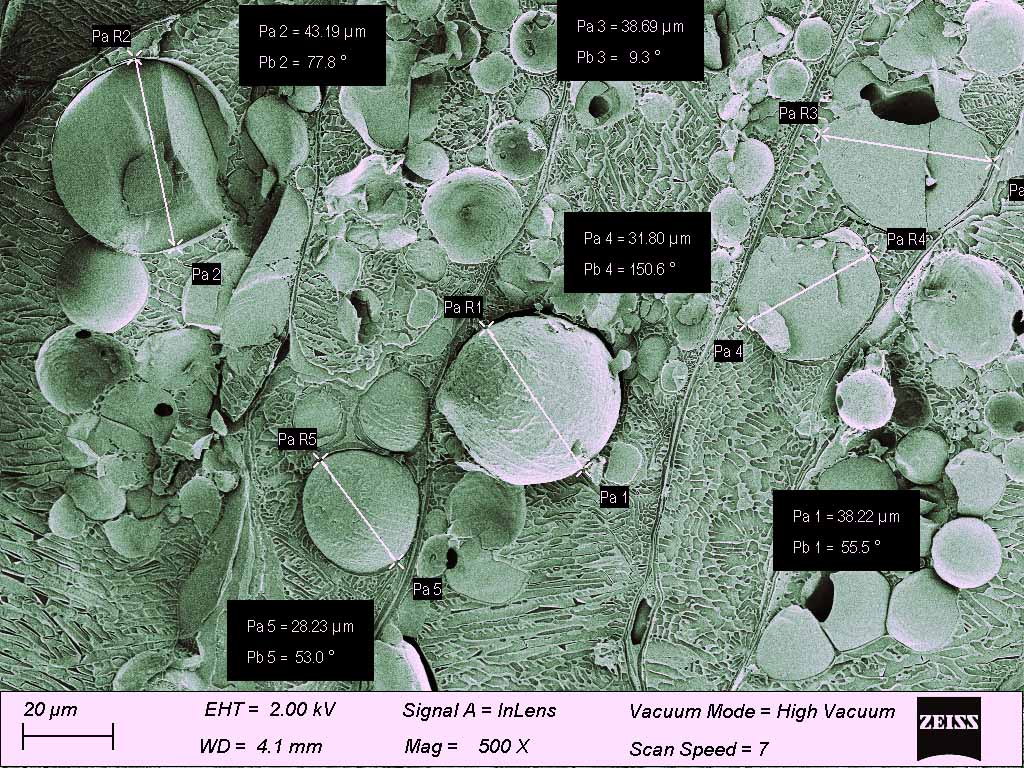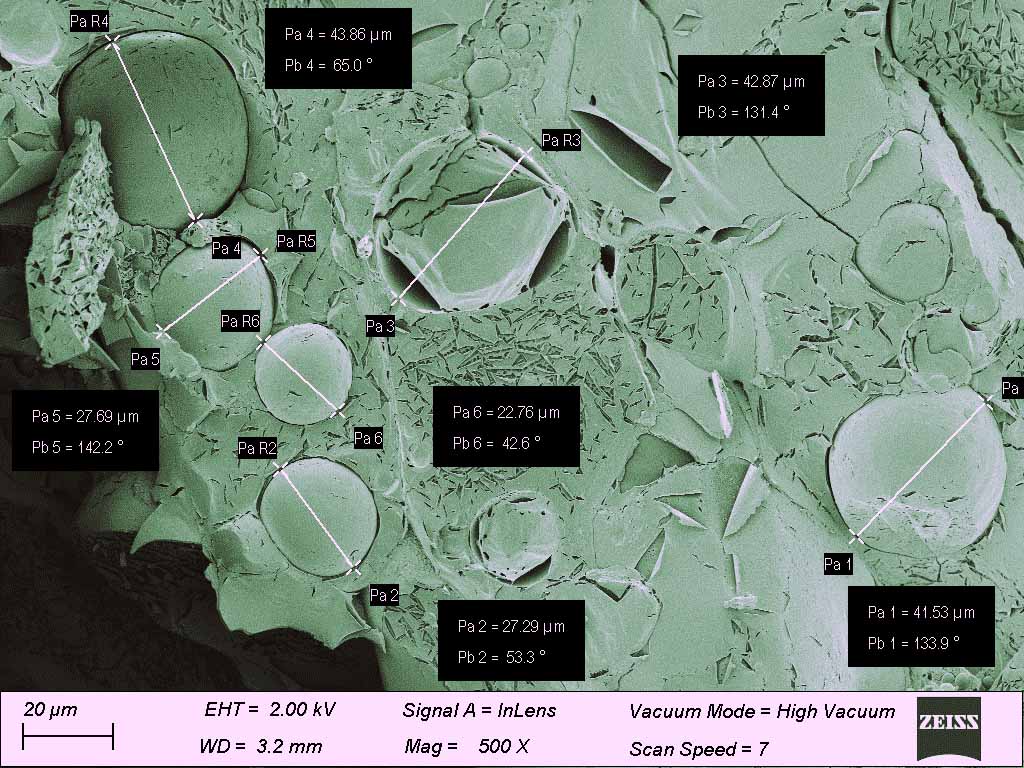Oleosomes
Fertizel ecologically hacks the olive, increasing oleosomes by 15%, and harvest by 25%, while reducing alternate bearing
Novedad Primavera 2025
Gira técnica de charlas para agricultores olivareros
Más oleosomas y menos vecería en Olivar de Secano. Ciclo de bioestimulación en Olivares / Estrategias técnicas para la «Dosis de abril».
Aurelian Biotech presents the results of biohacking on olives (picual and arbequina) and photographs them with cryogenization and high resolution microscopic techniques using electron beams (CRYO-SEM), scientifically evidencing Fertizel's advances in improving the production of olive oil in Spain.
Oleosomes, also known as “oil bodies”, “lipid bodies”, “lipid droplets” or “spherosomes”, are pre-emulsified oil droplets or vesicles stored in plant seeds and used as an energy source for plant growth and metabolism.
On many occasions the terms vacuoles and oleosomes are confused when talking about the organelles in which oleaginous fruits, such as olives, accumulate our precious Extra Virgin Olive Oil.
FERTIZEL

CONVENTIONAL

Images of Oleosmas treated with AI
The olive tree is a seasonal tree, alternating a year of abundant harvest with another of scarce harvest, without needing to be biennial; When there is a high load, the tree's resources are distributed among all the olives.
In the olive tree, each fruit has a seed, which emits hormones that reach the buds that will sprout the following year. These hormones give the message to direct budding to a leaf, not a flower. The greater the number of fruits, the greater the total amount of this hormone.
More than 25% of the olive grove in Spain is susceptible to productive improvement through Biohacking, mainly in dry land, hit so hard by the drought. This could mean a productive improvement of 90,000 tons of oil per year (7.5% national harvest).
In the trial, it is also observed how the revitalization of the olive grove has occurred, with an improvement in production over 30% in kilos and with an average oil yield of 22.19% in the oil mill, widely surpassing the barrier of its viability for the owners.
